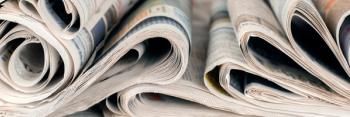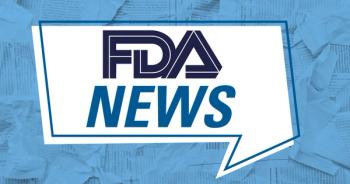
Digital mammography better for screening dense breasts
For screening dense breasts, 3D digital mammography outperforms standard 2D mammography, according to results of a prospective trial of more than 25,000 women.
For screening dense breasts,
In the trial, 25,547 women ages 50 to 69 were screened prospectively with full-field digital mammography (FFDM or 2D) alone or FFDM plus digital breast tomosynthesis (3D). Eight radiologists used a 5-point rating scale for probability of cancer to interpret the results from the two study arms. Before a decision was made about whether to recall a woman for diagnostic workup, an arbitration meeting was held to review each case that received a positive score from at least one radiologist.
At the arbitration meetings, case-based 81-RADS density scores were recorded. The American College of Radiology’s Breast Imaging-Reporting and Data System or BI-RADS, rates breast density on a scale of 1 to 4, from least to most dense. Cancers detected in the two study arms were stratified by breast density according to BI-RADS score.
With FFDM plus 3D mammography, 80% of 132 cancers in women with dense breasts were detected, compared with only 59% with FFDM alone. Of the 257 malignancies detected with FFDM alone and with FFDM plus 3D mammography, 105 were BI-RADS density 2, 110 were density BI-RADS density 3, and 22 were BI-RADS density 4. The addition of tomosynthesis to FFDM improved the cancer detection rate from 68% (85/125 to 84% (105/125) (P<0.05) in women with BI-RADS density 3 or 4 breasts.
The researchers concluded that adding tomosynthesis has potential to significantly increase cancer detection in women with breast density BI-RADS 2-4, but no improvement was seen in those with BI-RADS density 1.
To get weekly advice for today's Ob/Gyn,
Newsletter
Get the latest clinical updates, case studies, and expert commentary in obstetric and gynecologic care. Sign up now to stay informed.










